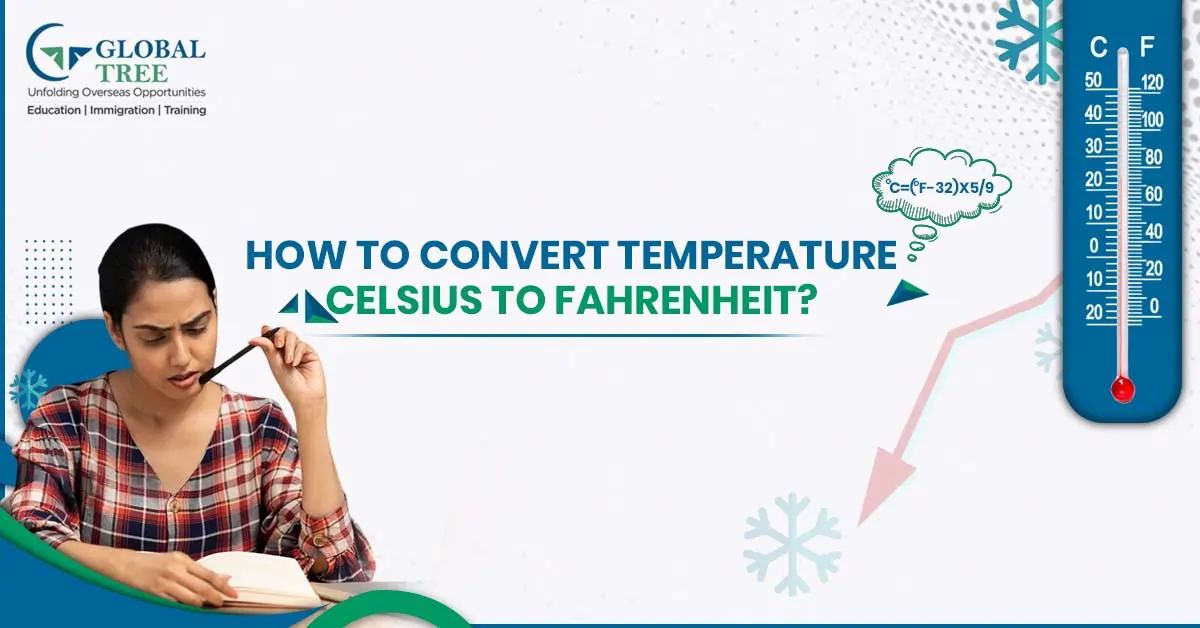Conversion of Temperature

- Introduction
- Celsius, Fahrenheit & Kelvin: A Dysfunctional Family Drama
- Temperature Conversion Formulas: Your Weapon of Survival
- Why This Actually Matters (In case you decide to not learn it :/)
- The World is Messy: Real-Life Temperature Chaos
- Jobs You Didn’t Realize Were Full of Temperature Drama
- Final Takeaway: Embrace the Chaos, Master the Math
Introduction
Temperature conversion. Sounds simple, right? But! It isn't. rather It’s a battlefield of numbers, egos, and temperatures. Why do we even have different scales? Why not just agree on one? That’d be too easy. So we’re stuck flipping between Celsius, Fahrenheit, and Kelvin like it’s some late-night talk show game of "Guess the Temperature."
So, let’s throw out the boring “how-to” vibes and dive headfirst into this chaotic world where numbers and heat collide.
Celsius, Fahrenheit & Kelvin: A Dysfunctional Family Drama
If temperature scales were family members, here’s how the reunion would go:
- Celsius: The level-headed sibling. Everything’s neat: 0°C for freezing, 100°C for boiling. Practical, but let’s be honest—it’s smug about being "logical."
- Fahrenheit: The rebellious cousin. Freezing at 32°F? Boiling at 212°F? Why? Because it can. Nothing makes sense, but that’s part of its charm.
- Kelvin: The weird uncle. Never smiles, only talks in absolutes. “Absolute zero,” it whispers. “No molecular motion.” A little unsettling, but strangely fascinating.
(Read More: A list of top science project ideas for class 10th students)
Temperature Conversion Formulas: Your Weapon of Survival
These formulas aren’t math—they’re survival tools. Life will throw Celsius at you when you only speak Fahrenheit. Kelvin will crash your party when you're least prepared. You need these:
- Celsius to Fahrenheit (aka "Let’s Make It Complicated")
Converting 30°C to Fahrenheit: F = 30 × 9/5 + 32 = 54 + 32 = 86 ° F
(Multiply by 9, divide by 5, and give Fahrenheit its emotional support 32. Why? No one knows.)
- Fahrenheit to Celsius (aka "Subtract the Drama")
Convert 100°F to Celsius:C=(100−32)× 5/9 =68× 5/9 =37.78°C
(Subtract 32. Divide and conquer. Celsius likes things calm and calculated.)
- Celsius to Kelvin (aka "Just Add a Ridiculous Number")
Convert 25°C to Kelvin: K=25+273.15=298.15K
(Celsius isn’t cool enough, so Kelvin adds 273.15 to make it sound more intense.)
Why This Actually Matters (In case you decide to not learn it :/)
Here’s the thing: you think temperature conversion is useless until it’s suddenly the most important thing in your life.
- You’re Baking Brownies: Recipe says 180°C. Your oven only speaks Fahrenheit. You’ve got two choices—convert it or eat regret. (It’s 356°F)
- You’re Traveling to Europe: The Forecast says 25°C. But what’s that in Fahrenheit? So, if you pack wrong, you’ll either freeze or melt. (Hint: 77°F. Pack layers.)
- You’re at the Doctor’s Office: Fever reads 39°C. Is it serious? Or apocalyptic? (Yes, it’s 102.2°F. Start hydrating.)
(Suggested Read: How to calculate CGPA in Engineering? Find out!)
The World is Messy: Real-Life Temperature Chaos
1. The Hot Tub Dilemma
You want to chill in a 104°F hot tub. But the settings? Celsius. Convert or spend your evening in lukewarm misery. (It’s 40°C. You’re welcome.)
2. Global Travel Temperature Roulette
You land in Canada, and the forecast says -10°C. Sounds bad, but is it? (Yes, it’s 14°F. Yes, you should panic.)
3. The “Is My Pizza Oven Too Hot?” Crisis
Your pizza oven is 500°F, but your Italian recipe says 260°C. Are you burning it or not? Convert before your crust turns to ash.
Jobs You Didn’t Realize Were Full of Temperature Drama
If you thought converting temperatures was something only weather nerds cared about, think again:
- Meteorologists: Predicting storms, frost, and heatwaves on multiple scales. It’s a temperature circus every day.
- Engineers: Designing buildings that survive both blizzards and heatwaves. Kelvin? Celsius? Fahrenheit? All of them.
- Chefs: Think it’s all about taste? Try perfecting a soufflé when you’re flipping between Celsius and Fahrenheit.
- Doctors: A miscalculated fever reading can mean the difference between "rest at home" and "emergency room."
(Note: We all know that the medical profession is highly noble. Pursuing an MBBS abroad can boost your career opportunities globally.)
Final Takeaway: Embrace the Chaos, Master the Math
Temperature conversion isn’t just math—it’s survival. It’s the difference between raw chicken and a perfect roast. Between a fever and a meltdown. Between freezing at -40° and realizing that’s the only place Celsius and Fahrenheit agree.
So next time you’re staring at a number like 273.15 or juggling three temperature scales, don’t roll your eyes. Laugh. You’ve got the tools, the formulas, and now, the attitude to take on the temperature chaos of the world. Convert with confidence. And maybe a little smugness.



